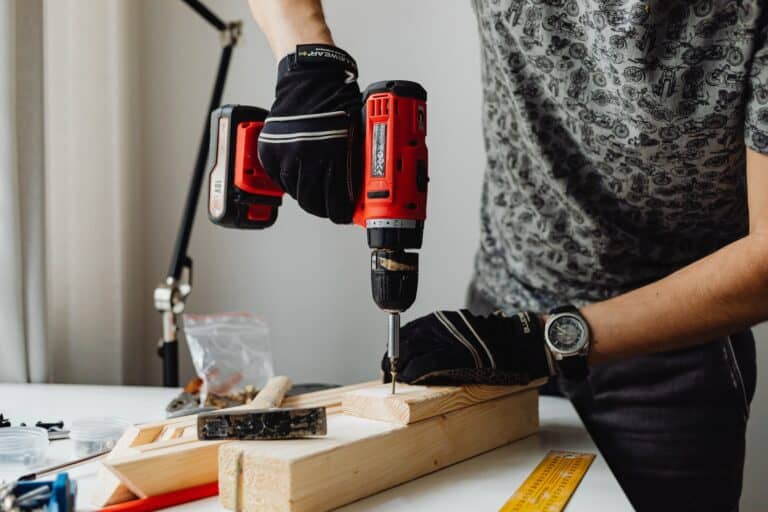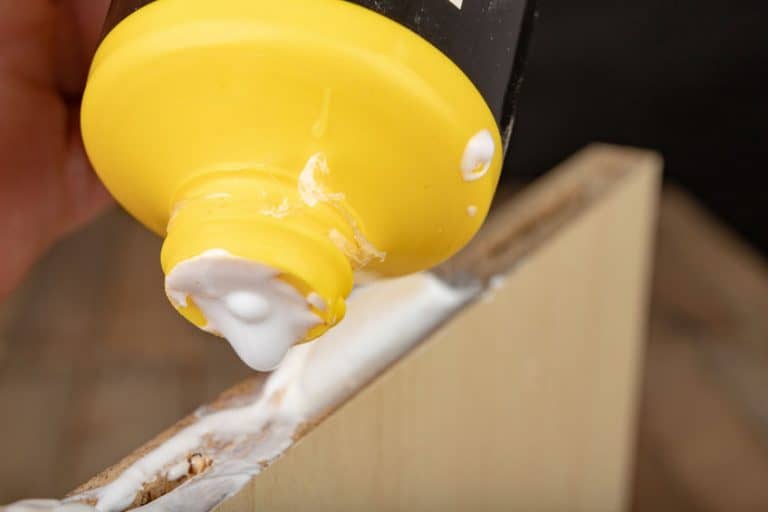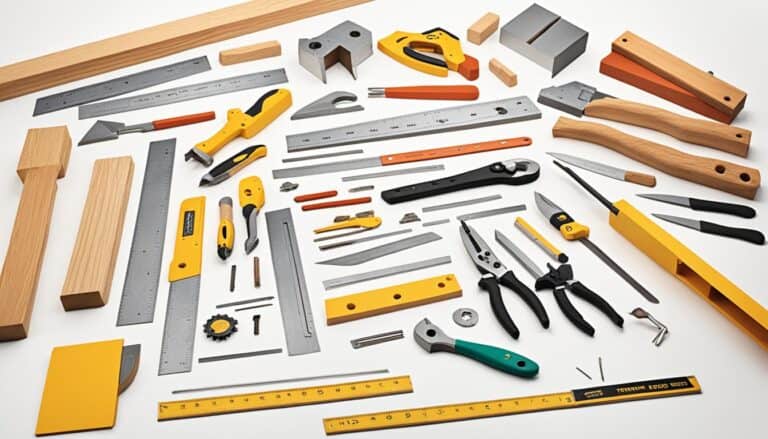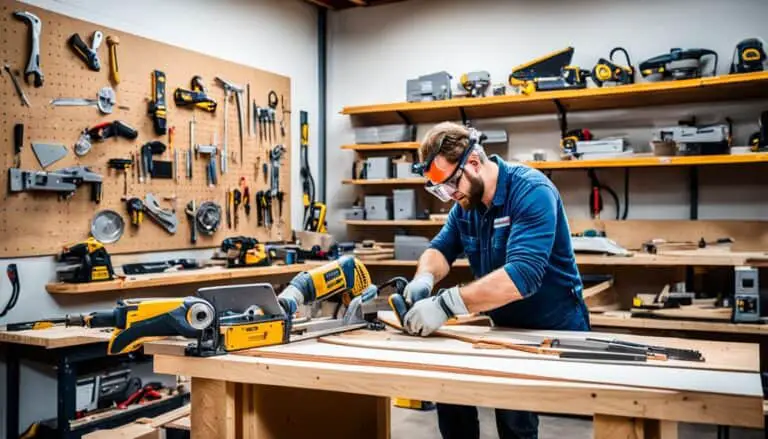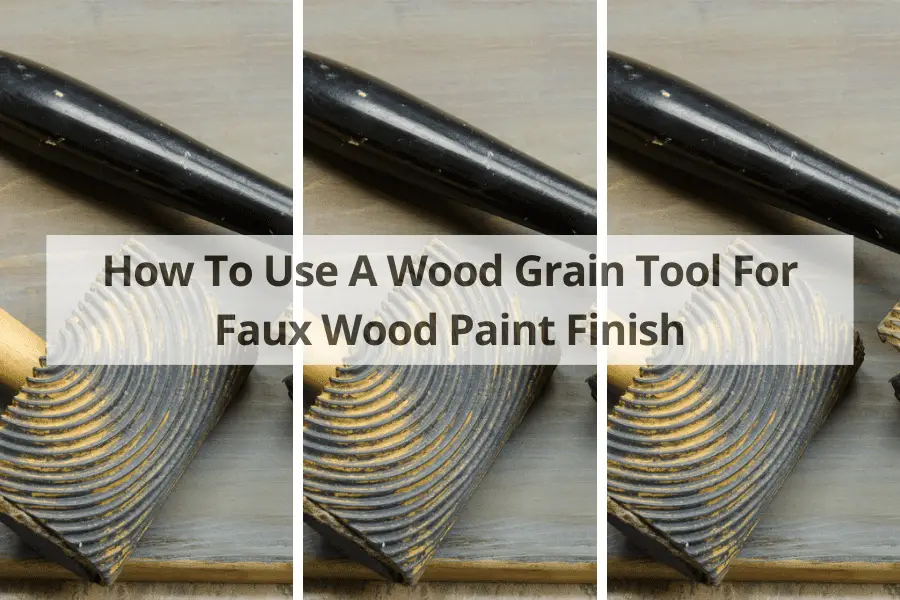
If you’re a beginner woodworker and are looking for an easy but professional-looking way to give your projects the look of real wood without all the fuss, then using a wood grain tool may be just what you need.
A wood grain tool is a handy tool that helps imitate the look of wood grains while painting. Here we will discuss how to use a graining tool properly during your faux wood paint finish so that it looks just like natural wood!
We’ll also talk about the best types of paints to use with this method and answer some common questions asked by amateur painters. So grab your supplies, put on some music and let’s learn how to get creative with faux finishes!
*This post is about a wood-grain tool
What’s The Best Wood Grain Tool?
The best wood grain tool to use for faux wood paint finishes is one that offers a variety of sizes and styles. Look for tools with curved edges, pointed ends, wide or thin grooves, and various textures.
Having a range of choices will help you create unique effects when painting your project. Also, make sure the graining tool is comfortable to hold and easy to use.
Which Paint Is Best For Faux Wood?
When it comes to painting your faux wood projects, you want to choose a paint that will enhance the grain pattern and stay intact over time.
Latex-based paint is ideal for this type of finish since it’s durable and easy to clean up. Additionally, look for paint colors that closely match the natural color of the wood.
How To Use A Grain Tool?
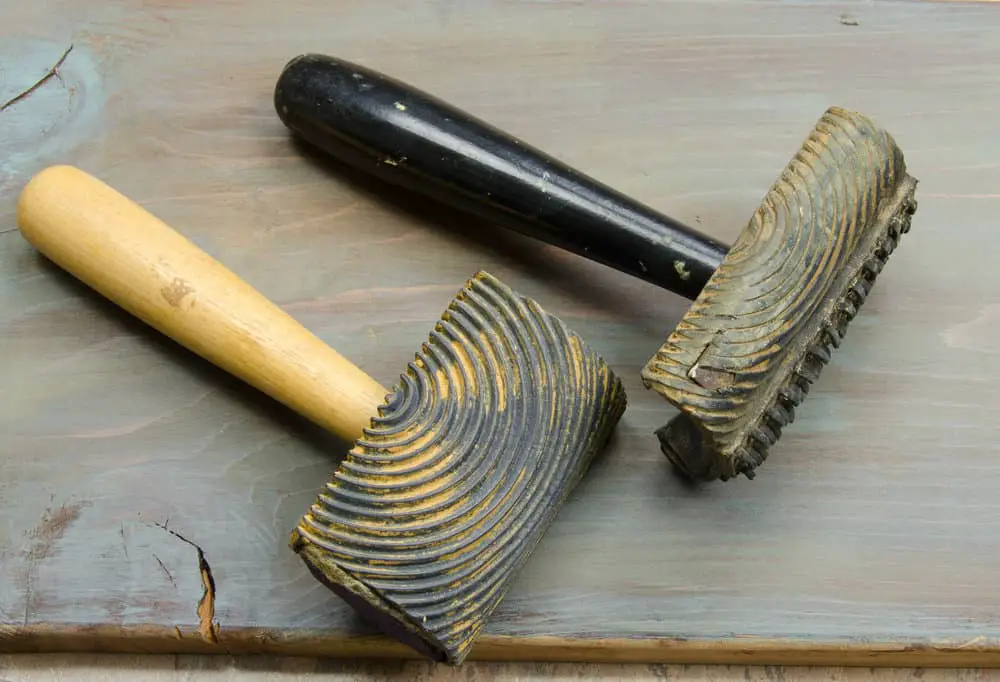
Now that you’ve chosen the best grain tool and paint for your project, it’s time to get started! Begin by priming your surface with a coat of primer and then painting on two coats of latex-based paint in the desired color. Once the second coat has dried, you can start using the graining tool to create a woodgrain effect.
To do this, begin by gently pushing and pulling the tool across the surface in one direction. The curved edges will help create small ridges and depressions that resemble natural wood grain. Be sure to move the tool in straight, even strokes and avoid overlapping lines as this will create unattractive patterns.
Once you’ve finished adding the wood grain effect, let the paint dry completely before applying a topcoat or sealant. Do not add additional painting layers on top of the faux wood finish, as this will ruin the look you’ve created.
With a little practice and patience, you can achieve professional-looking faux wood paint finishes with an ordinary grain tool! Just follow our tips and tricks, choose the right supplies, and have fun experimenting with different colors and patterns to create beautiful projects that will last for years to come.
Where To Buy A Wood Grain Tool?
You can find grain tools at most home improvement stores, paint stores, and online retailers. If you’re shopping online, make sure to read the reviews first to ensure you’re getting a quality product.
Once you have your graining tool in hand, it’s time to start creating beautiful faux wood paint finishes on all your projects! With a little practice and patience, you’ll be churning out stunning pieces in no time.
How do You Imitate Wood Grain With Paint?
Imitating wood grain with paint is a great way to give your projects a professional-looking finish. The best way to do this is by using a graining tool, which is designed specifically for creating faux wood grain patterns.
To use the tool, begin by priming the surface for a good base coat and then painting two coats of latex-based paint in the desired color.
Once dry, gently push and pull the wood graining tool across the surface in one direction to create small ridges and depressions that resemble natural wood grain.
Be sure to move the tool in straight, even strokes and avoid overlapping lines as this will create unattractive patterns.
Finally, let the paint dry completely before applying a topcoat or sealant. With a little practice, you can use this technique to create beautiful faux wood grain finishes on all your projects!
How Do You Add Color To Faux Wood?
Adding color to faux wood graining is easy and fun with the right supplies. Start by choosing a paint color that closely matches the natural color of the wood, then prime the surface before applying two coats of latex-based paint.
Once dry, use a graining tool to create a wood grain effect on the surface by gently pushing and pulling it across in one direction. Finally, add some color accents using acrylic paints or markers for a unique look that will really make your project stand out!
How Do I Make A Woodend Grain Tool?
Making a wood-graining tool is actually quite simple! All you need is some hardwood scrap, a saw, and some sandpaper.
Start by cutting the wood into thin strips using a saw. Once the shapes are cut, use sandpaper to smooth them out and make sure they’re even on all sides.
Once they’re finished, use a drill to create holes at each end of the strips. Finally, attach a handle or dowel to one side of the tool and you’re ready to start creating beautiful faux wood grain finishes on all your projects!
FAQ
Can You Use Stain With A Wood Graining Tool?
Yes, you can use stain with a wood-graining tool. However, it is important to note that the results may vary depending on the type of wood and the application method. For best results, we recommend using water-based latex paint for your faux wood projects.
Are Wood Graining Tools Expensive?
No, wood-graining tools are generally not very expensive. You can find them at most home improvement stores, paint stores, and online retailers for a reasonable price.
Can I Use A Wood Graining Tool On Other Surfaces?
Yes, you can use a wood-graining tool on other surfaces such as metal or plastic. However, the results may be different depending on the material and application method. Be sure to experiment with a test piece before applying it to your project.
Can I Create Different Patterns With A Wood Graining Tool?
Yes, you can certainly create different patterns with a wood-graining tool! Experiment with slightly changing the pressure, utilizing different angles for different-sized teeth and the direction of the tool to create unique and interesting wood grain patterns on your projects.
Is Wood Graining Easy And Fun?
Yes, wood graining can be a fun and easy project. With just a few materials, some practice, and patience you’ll be able to create beautiful faux wood grain finishes on all your projects! Have fun with it and don’t be afraid to experiment with different techniques.
Do You Sand With Or Against Wood Grain?
When sanding with a wood grain, it is always best to use the grain of the wood as your guide. This means that you will be sanding in the same direction as the natural grain of wood. Sanding against the grain can cause damage or create unsightly scratch marks in your project. Always be sure to check the grain of the wood before beginning to sand.
How Do I Make My Faux Wood Look Real?
The best way to make your faux wood look as realistic as possible is to combine several techniques, such as using a wood-graining tool, adding color accents with acrylic paint or markers, and applying a topcoat or sealant to protect the finish. With a bit of practice, you’ll be able to create beautiful faux wood grain finishes on all your projects! Good luck and have fun!
Conclusion
Wood graining is an easy and fun way to add a beautiful faux wood finish to any project. With just a few supplies, practice, and patience, you can create stunning designs that look almost like the real thing. Whether you’re looking for something subtle or more intricate, there are plenty of options available to help you craft your perfect project. So go ahead and give it a try! You might be surprised at the results. Happy wood graining!






